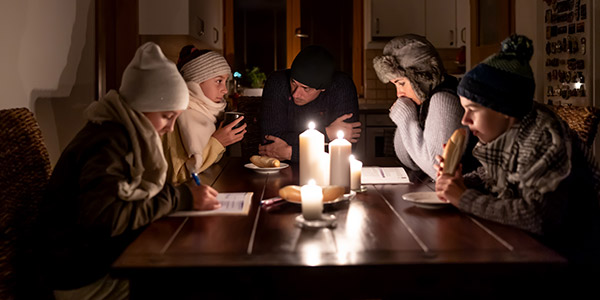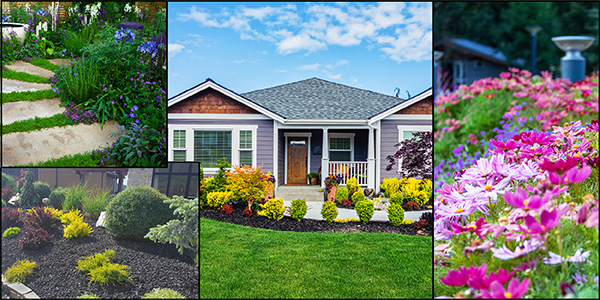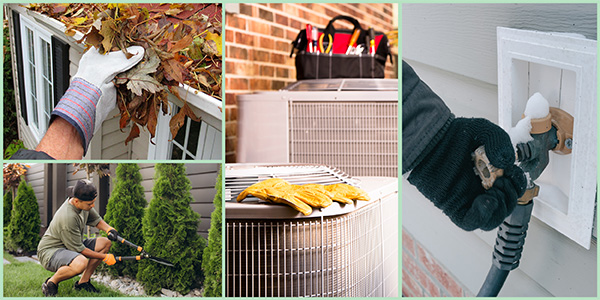Homeowners
7 Ways to Power Through a Power Outage
September 11, 2018
Power outages are something most homeowners deal with at one time or another, particularly if they live in a severe weather area. Here are some tips to keep you safe and comfortable, should you find yourself at home without power.
1. Have an Emergency Kit and Supplies
Your kit should include things like first-aid items; flashlights; a battery-powered radio; extra batteries; a backup cellphone battery or solar charger; and bottled water. Also, be sure to keep the medications and prescriptions you and your family rely on filled and on hand.
2. Keep Your Cool
For power outages occurring during heat waves, you and your family members can stay hydrated by drinking more water and taking cold showers or baths throughout the day. Also, center activities, such as sleep, on the lowest floor possible if you live in a multilevel dwelling since the heat rises. Close curtains and blinds and cover any gaps in doors or windows. Many municipalities and local utilities, like Pacific Gas and Electric Company, also offer information on nearby cooling centers to escape the heat.
3. Stay Warm
After a power outage in colder weather, focus on keeping one main room warm and stay in that area until the power is restored. Fireplaces and wood-burning stoves provide good alternatives to your furnace. Be sure to maintain a stock of cordwood for such emergencies. Also, close doors to any rooms you aren’t using for maximum efficiency.
Dress as if you are going outside, in layers and jackets. Finally, as with hot-weather outages, use blankets and towels to block drafts that inevitably come in from doors or windows. Closing drapes and blinds will also help conserve heat.
4. Prevent Freezing Pipes
Since they are your main source of water, keep pipes from freezing if the outage occurs along with falling temperatures. Trickle water through your taps and keep cabinet doors open to expose the pipes to warmer air in your kitchen and bathrooms.
5. Maintain Proper Ventilation
When using a generator or alternative heat source, like fireplaces and wood-burning stoves, make sure they are properly ventilated before using them. In addition, make sure to install battery-powered carbon monoxide detectors on each level of your home to alert you if fumes were to become an issue.
6. Keep Nonperishable Food on Hand
Make sure to have at least three days’ worth of nonperishable food in case you are unable to get to a store. High-protein, high-energy foods are the best to have around. An unopened refrigerator will keep food cold for about four hours, and adding dry ice to a freezer can help keep food frozen for 3–4 days.
7. Make Sure You Can Use Your Car
Driving during a power outage can be challenging, particularly if the outage follows a storm. There may be downed power lines or trees, and traffic signals may not be working properly. However, you may find you need to leave your home. In this case, be sure you know how to open your garage door manually and that you have at least half of a tank of gas at all times, particularly in colder weather.
Severe weather is challenging enough without a power outage. However, with preparation, you can keep yourself and your family members safe and comfortable until the lights come back on.
If your area is particularly prone to outages, you may consider a home generator in the future.





 Smart Moves Start Here.
Smart Moves Start Here.